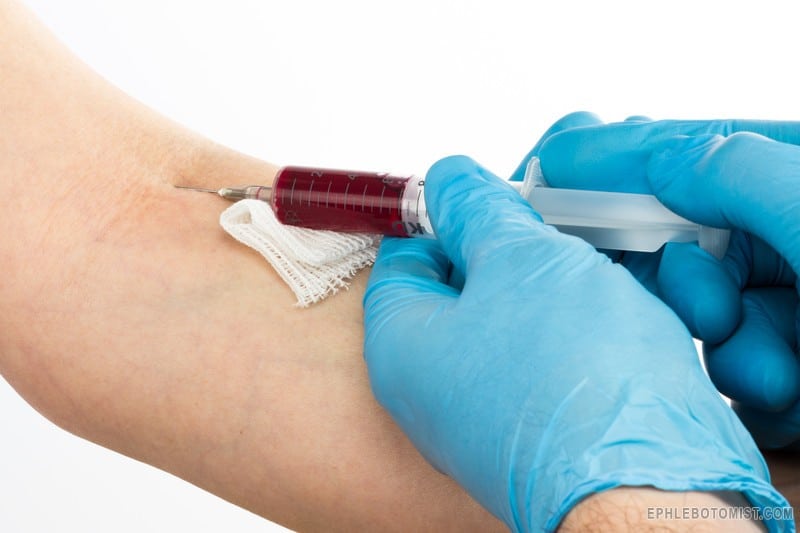Essential Requirements for Phlebotomy Certification and Success in Blood Collection
Embarking on a career in phlebotomy can be both rewarding and fulfilling, especially for those interested in healthcare and patient care. Blood collection technicians, or phlebotomists, play a crucial role in diagnostic testing and patient health management. To succeed in this profession, it’s essential to understand the key requirements for certification and develop the skills necessary for effective blood collection. This thorough guide will walk you through everything you need to know to become a certified and successful phlebotomist.
Introduction
Phlebotomy, the practice of drawing blood for laboratory testing or blood donations, requires a combination of technical skills, proper knowledge, and a compassionate approach. while passion for helping others is a vital trait, meeting the official requirements for certification ensures you are prepared and qualified for the demands of the job.From educational prerequisites to practical skills, this guide covers the fundamental requirements needed for certification and outlines best practices for excelling in blood collection.
Overview of Phlebotomy Certification
Most healthcare employers require certified phlebotomists, making certification an essential step toward employment and career growth. Certification programs are offered by accredited organizations such as the National Certified Phlebotomy Technician (NCPT), American Society for Clinical Pathology (ASCP), and others.
Benefits of Certification
- Enhanced job prospects and higher earning potential
- Demonstrates professional competency and credibility
- Access to a wide range of healthcare settings
- Continued education and career advancement opportunities
Minimum Educational and Skill Requirements
Educational Background
Most certification programs require candidates to have at least a high school diploma or equivalent (GED). Some programs may prefer or require completion of specific coursework like biology or health sciences.
Practical Skills & Competencies
- Knowledge of anatomy and physiology, particularly the circulatory system
- Understanding of blood collection procedures and safety protocols
- Proper use of collection equipment (needles, vacutainers, tourniquets)
- Sample handling, labeling, and transportation procedures
- Patient communication and professional etiquette
- Awareness of infection control practices
Certification Process and Requirements
Mandatory Steps to Certification
- Complete a state-approved phlebotomy training programme
- Gain hands-on clinical experience, typically 40 hours or more
- Pass a certification exam administered by an accredited association
- Receive certification documentation to validate your skills and knowledge
Specific Certification Requirements
| Requirement | Description |
|---|---|
| Education Level | High school diploma or GED |
| training Hours | Minimum 40 hours of classroom instruction |
| Clinical Experience | supervised blood draws, typically 40+ hours |
| Certification Exam | Pass the writen and practical assessments |
| Background Check | Some programs require criminal background screening |
Practical Tips for Success in Blood Collection
Developing Technical Skills
- Practice venipuncture techniques in supervised settings
- Learn to identify suitable veins and avoid common issues like hemolysis or hematoma
- Maintain clean, sterile procedures at all times
Patient Interaction and Communication
- Introduce yourself confidently and explain procedures clearly
- Be empathetic and patient, especially with anxious or tough patients
- Reassure patients and keep them comfortable during blood draws
Safety and Infection Control
- Always wear appropriate personal protective equipment (PPE)
- Properly dispose of sharps and contaminated materials
- Follow OSHA guidelines and worldwide precautions
Benefits of Being a Certified Phlebotomist
- Access to better job opportunities in hospitals, laboratories, and clinics
- Potential for specialization in areas like pediatric or forensic phlebotomy
- Opportunities for continued professional development and certification renewal
- Job stability due to increased healthcare demand
Case Study: First-Hand experience in Phlebotomy
Sarah, a certified phlebotomist, shares her journey: “Initially, I was nervous about performing venipuncture, but through rigorous training and mentorship, I gained confidence. The key was to stay calm, communicate clearly, and always prioritize patient safety. Certification not only boosted my credibility but also opened doors to more advanced roles in healthcare.”
Conclusion
Becoming a certified phlebotomist involves meeting specific educational, practical, and examination requirements, but the rewards are well worth the effort. Developing technical proficiency, strong communication skills, and adhering to safety protocols are essential for success in blood collection. With dedication and proper training, you can build a rewarding career helping people and supporting diagnostic processes. remember, certification isn’t just a credential-it’s a commitment to excellence in patient care and professional growth.
Start Your Phlebotomy Journey Today!
If you’re passionate about healthcare and eager to make a difference through blood collection, take the first step toward certification now.Explore accredited training programs and gain the skills needed to succeed as a professional phlebotomist!
